This blogpost is in no way sponsored by Interrail or Eurail. It is a reflection of my own experiences.
Interrailing is probably one of the best ways to see Europe: it is comfortable, more sustainable than taking the plain, and you can enjoy the landscapes that are passing by from up close. Nothing compares to the ease of getting a coffee and boarding a train, while reading a book or making a crossword puzzle. I have been interrailing twice now and have made all the mistakes you can possibly make, while still riding the highs of the experience. This guide therefore serves to give you all the basics you need to know, while also giving you some tips on how to plan your route and what I would advise you not to do. Although the app is easy enough to use, some things are not always as up-to-date, and some routes are just not possible due to permanent maintenance, or border disputes. So, if you want your relaxing vacation to be as easy as possible, then keep reading, and I will tell you all the details!
The Basics
Let’s start with the basics. Once you google how to buy a pass, you will find that there are two types: Interrail and Eurail. Which one you should apply for, depends on your official country of residence or your passport. As an EU citizen, I could get the Interrail pass, while non-EU residents usually need to apply for the Eurail pass. If you fall somewhere in between, do not worry, the company explains it all on this page. As I do not have experience with Eurail, this guide will explain everything about the Interrail pass instead.
The Interrail pass is specifically catered to young adults between the ages of twelve and twenty-seven, as the prices differ between ages. Although kids up to eleven can go for free, the Youth passes are the cheapest. For example, the Global Pass with seven travel days in one month at this moment of writing costs €264 for youth, while it costs €352 for adults. The senior pass, for people who are sixty plus years old, sits in the middle with €312. Furthermore, if you are reading this and you are eighteen years old, or are turning eighteen in the coming year, and a resident of one of the recognized countries, you can apply to the European Union’s DiscoverEU program. This program allows 60,000 young adults each year that just finished high school to discover Europe by train.
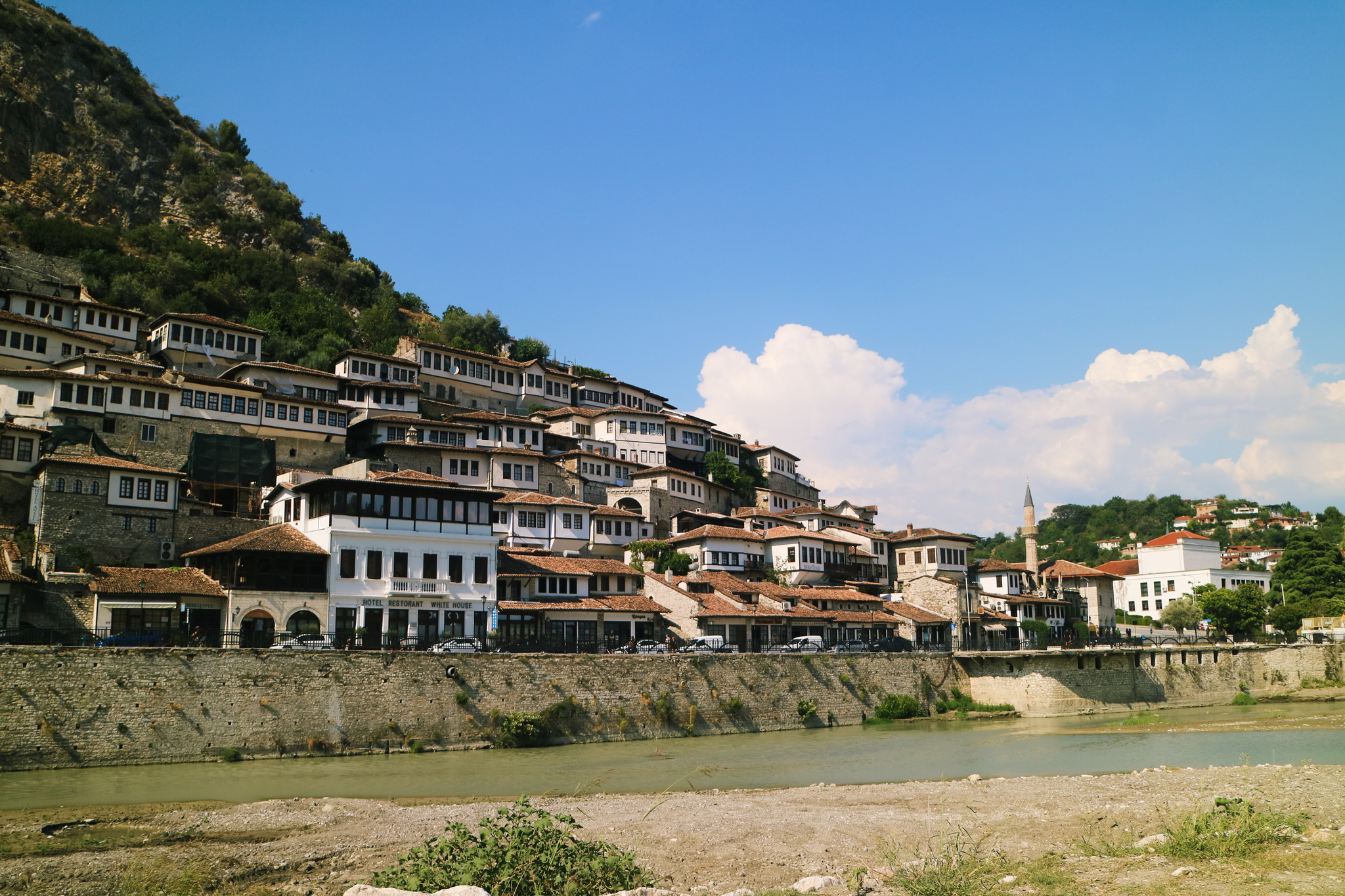
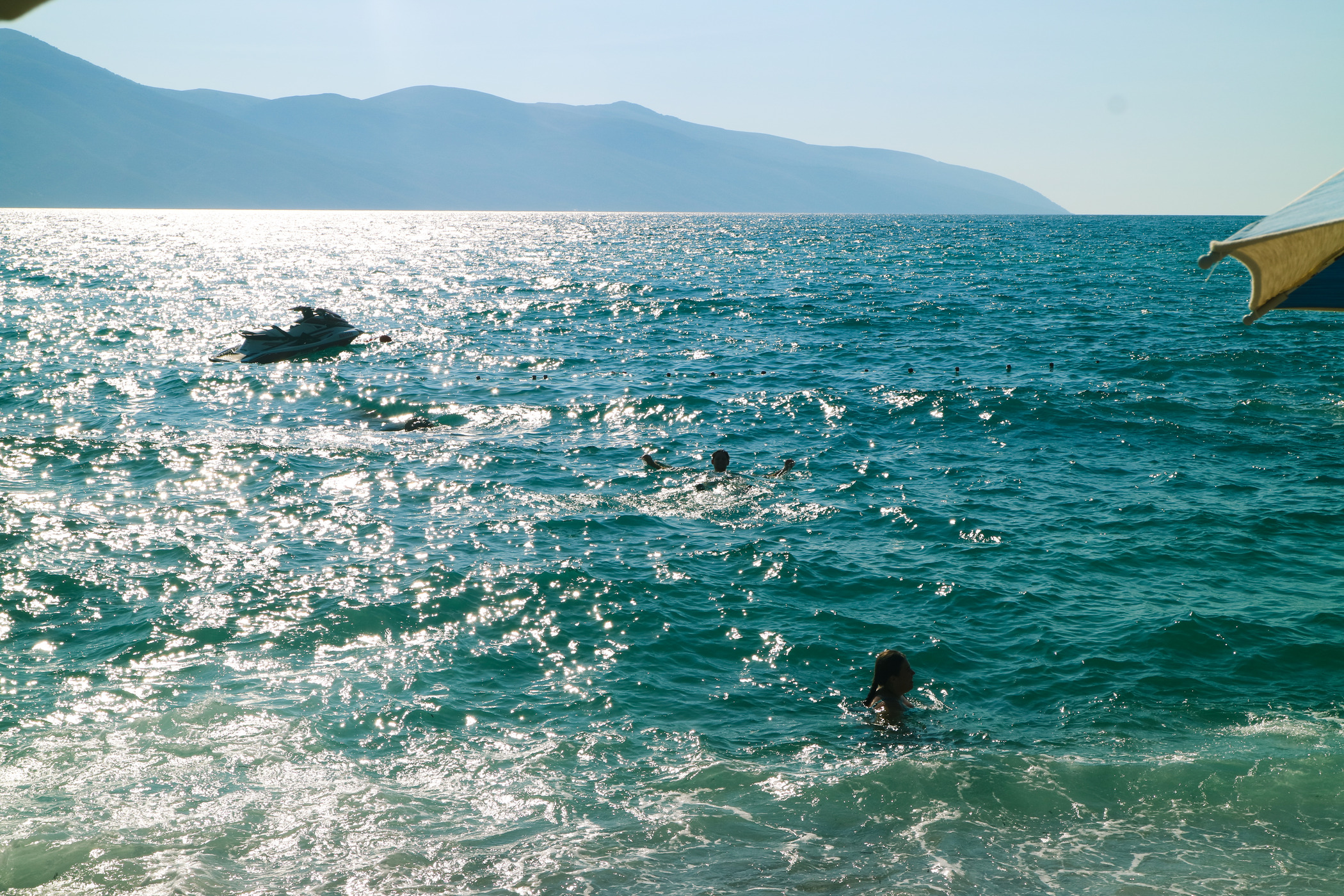
The Passes
Now you have seen me mention the Global Pass and you probably think, what even is that? Well, there are two broad categories you can choose from: the Global Pass and the One Country Pass. The One Country pass allows you to travel within one country of your choice, and the prices for each country tend to vary. What type of pass you can then get per country, which will determine how many travel days you have within one month or a few weeks, also varies tremendously. Germany’s pass for example now has twelve options, while the Greek Island pass only has two. For the Netherlands, Luxembourg, and Belgium there is one pass that puts them all together, namely the Benelux pass. If you want to know what all of the options are, I recommend checking out their website or filling out their test to determine what the best pass is for you.
The Global Passes allow you to travel through all thirty-three affiliated European countries. While it is not possible to buy a One Country Pass for each one of these (some railway-systems are too small for these specialized passes), it is possible to take the Global Pass to go through all of them. Their most popular one, and the one I took twice, is the pass that allows you to travel for seven days within a month. For me it was the best option with available vacation time and funds, but for not that much more, you can travel for fifteen days in two whole months! If you are planning on travelling extensively, this is a very good deal. But the seven-day-one-month pass already allows you to travel to six to eight destinations, which is more than enough for my travel style.
With both types of passes you can choose between first- and second-class, with the exemption of Norway’s One Country Pass. When Wessel and I went last year (2022), we were able to buy a first-class ticket for the price of a second-class ticket. Of course, when you come face to face with such a deal, you have to take it. Besides wider and more comfortable seats, you can access railway station lounges and enjoy the comfort of a cabin when you book your ferry on time (we were too late and had to sleep in chairs). But second class seats are usually very comfortable as well, so if there is no such deal around, I would spend the extra bucks on experiences at the destination.

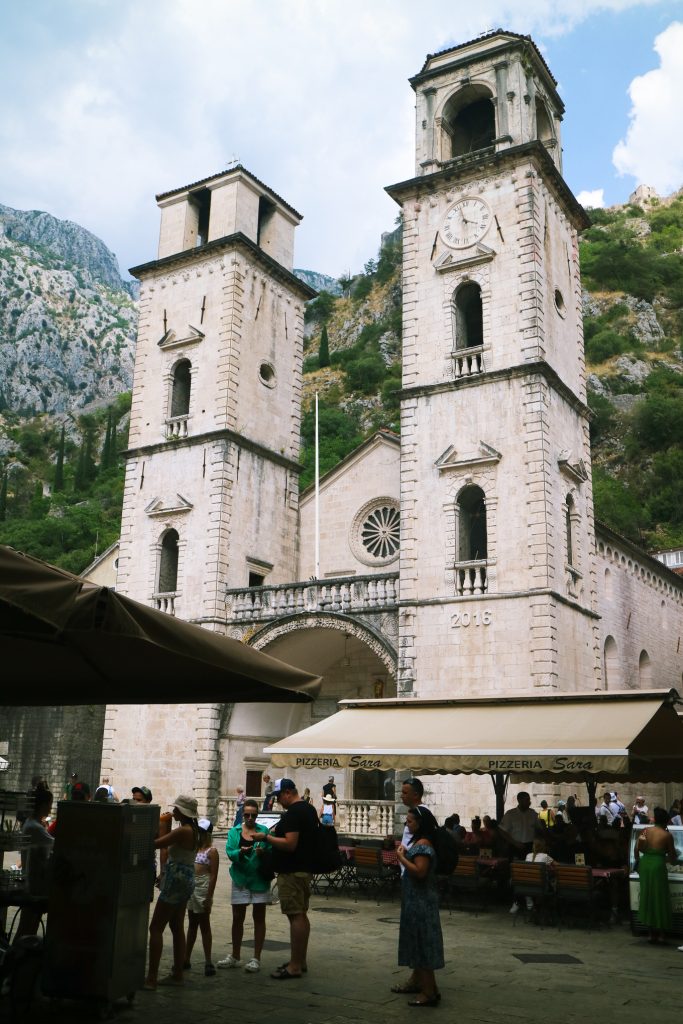
The App
Once you got your pass you download the Interrail or Eurail app and fill out all your details. Make sure to put them in the app as shown on your passport, as changing them later is a hassle. Once that is done, the app will ask you to fill in your inbound and outbound dates, which will determine the validity of your pass. Usually, you have to choose them within a year of purchase, but Covid had extended ours with a year. Hopefully that will not happen again, so make sure you do not keep your pass lying around!
“But what if I don’t know the exact dates yet?” You might ask. Well, that is no big deal as you can change them any time before your first departure date. This makes the interrail passes very easy to use. The Global Pass does not count your outbound and inbound journey times within your pass validity. So, up until the point you have crossed the border of your home country, you travel for ‘free.’ Once the border has been crossed, the clock of your first travel day starts ticking, so use it well!

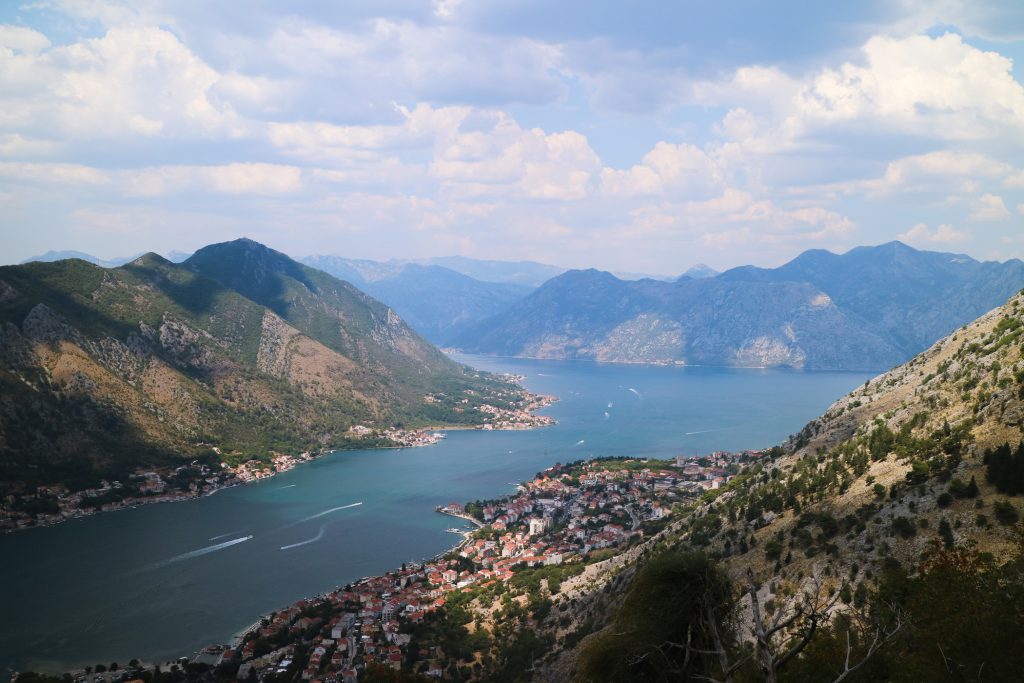
The Route
Now you have bought your pass and filled out all your details, the fun part begins. You have got most of Europe to explore and the options are endless. So, how do you pick the route that is best for you? What really helped me was the organization’s PDF map, which you can download on this page of their website. It shows most train and ferry routes in Europe, which are included in the pass. Furthermore, it includes a map with all lines that require reservations, but more on that later!
Of course, you do not have to plan your entire route beforehand, as the pass allows you to be flexible when it comes to trains that do not require reservations. I found it best practice to check the route I wanted to take in the app, as its planner shows you up-to-date train departure times and trip durations. For our trip last summer, Wessel and I initially wanted to travel all the way from Amsterdam to Istanbul, but after extensive research we found out the overnight train between Sofia and Istanbul had not and would not be operating for a while. We encountered the same problem for lines between different countries in the Balkan and Greece.
While this made our trip a true adventure with hitch-hiking, buses, and ferries, it took a lot of planning and figuring out what to do. Another tool I found very helpful was the Interrail online community. Here we could upload questions or search for discussions that involved the problems we encountered on the way. This way, we were able to find out more about the ferry booking process and the train line between the various countries we wished to explore.

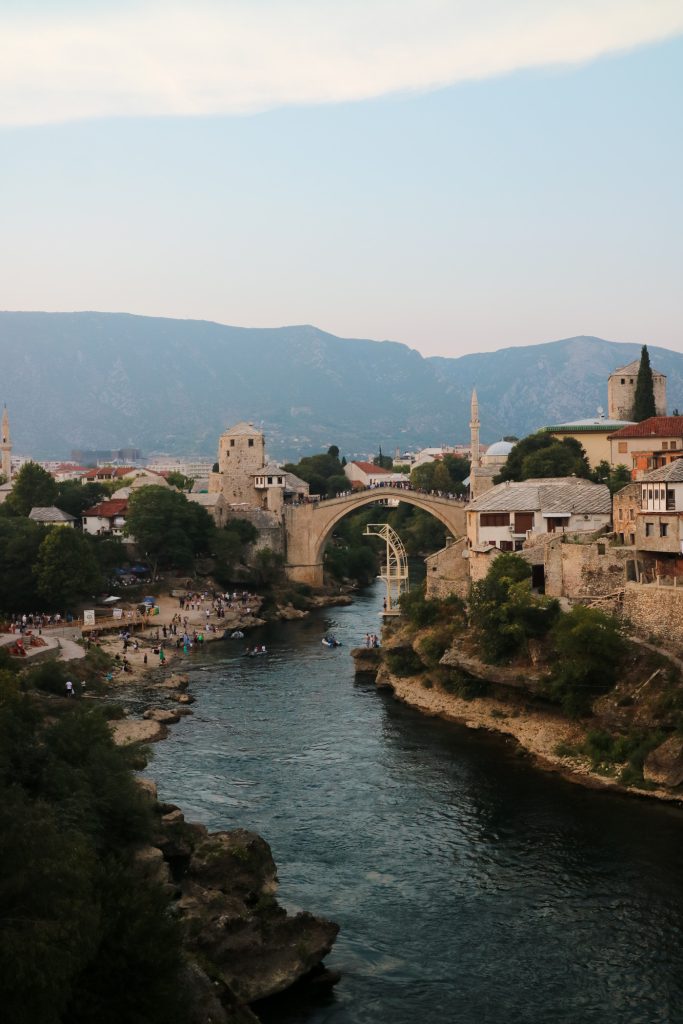
The Reservations
Planned your route or are you already traveling and have decided on the next destination? Then the next step in your Interrail process is making reservations for your desired routes. You can make reservations for trains and ferries, and even get discounts and other benefits on many other services. So keep on reading if you want to know more about how I have experienced these processes, and what you should do!
The Trains
While not all trips require reservations, it does make life easier, especially when you are travelling during the summer and the trains are overflowing with people. By making a reservation you can prevent having to stand up for an entire six-hour journey. While it guarantees you a seat, it does cost extra money. How much depends on the organization you are travelling with and what type of seats you wish to book. A bed on a sleeper train is of course more expensive than a second-class seat, for example.
You can make these reservations directly through the Interrail and Eurail app, but if you do, you usually will have to pay a small fee. I have found booking through the railway organizations themselves much cheaper and much more accurate. Furthermore, if a train is cancelled or delayed, you will receive a notification quicker when having booked with the organization directly. This also prevents you from booking already cancelled trains, and from reservation failure, which happened to me a couple of times after having already paid.
The trains that will always require reservations are the high-speed lines. However, reserving a seat on other trains is often encouraged, and I would recommend that you do so. It is important to keep this in mind when buying your pass, as this makes the entire journey more expensive than you might have expected beforehand. Don’t worry however if you wish to keep your planning open and flexible: most reservations can be made the day before. Some trains are busier than others, however, so, depending on where you want to go, I would do some extra research. Once again, the Interrail Community is a great resource.
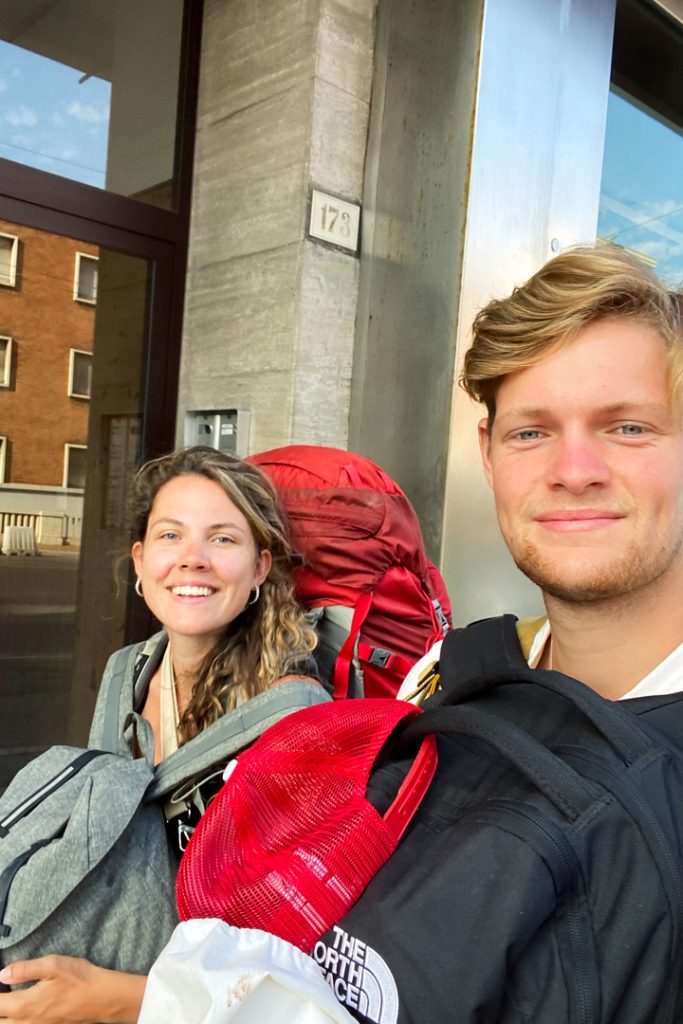
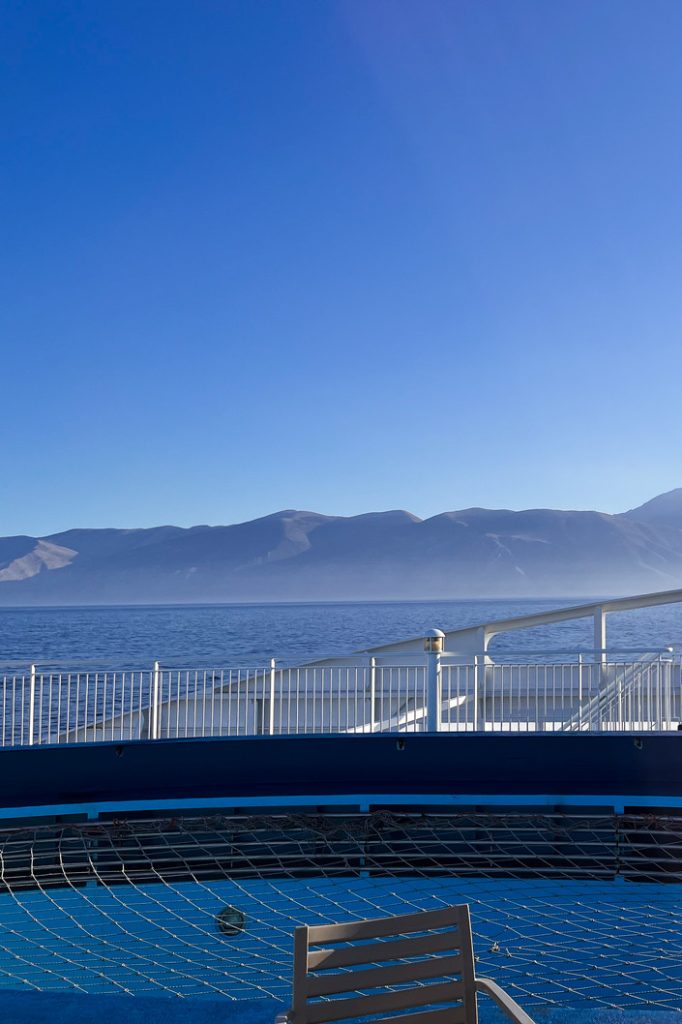
The Ferries
Although it is called Interrail, some passes also include ferries! Some of the ferry lines are completely included within the passes, while others offer you discounts if you fill in your pass-number. When a ferry line is included within your pass, it counts as a travel day, just like a train ride would. However, while the ticket is free for interrail and Eurail travelers, you do have to pay port taxes and fees. Last summer, Wessel and I took ferry from Superfast Ferries from Ancona in Italy to Igoumenitsa in Greece. While Superfast Ferries is one of the “free lines,” we ended up paying sixty euros each in port taxes.
When it comes to the Greek island-hopping pass, things will probably be different, as this one is completely ferry based. As we do not have any experience with this pass, however, I would recommend checking out the Interrail website and the community. As we do have experience with the Global Pass, I can say we prefer train travel over large over-night ferries. Our ferry was about four hours late, and we had to be there at least two hours in advance, and the sail itself added some extra hours to our trip. On the boat we slept in airplane seats and ate expensive buffet food, which actually was not that bad.
Although our experience was not that comfortable, it can be a very convenient way of travelling long distances. But, once again, it depends on connecting train lines whether it is as convenient as it seems. We travelled through the Balkans, which were not well-connected by rail, making our trip more adventurous than most interrail trips. If you are travelling through Scandinavia, for example, or keep your trip limited to Greece, it will definitely pay off.
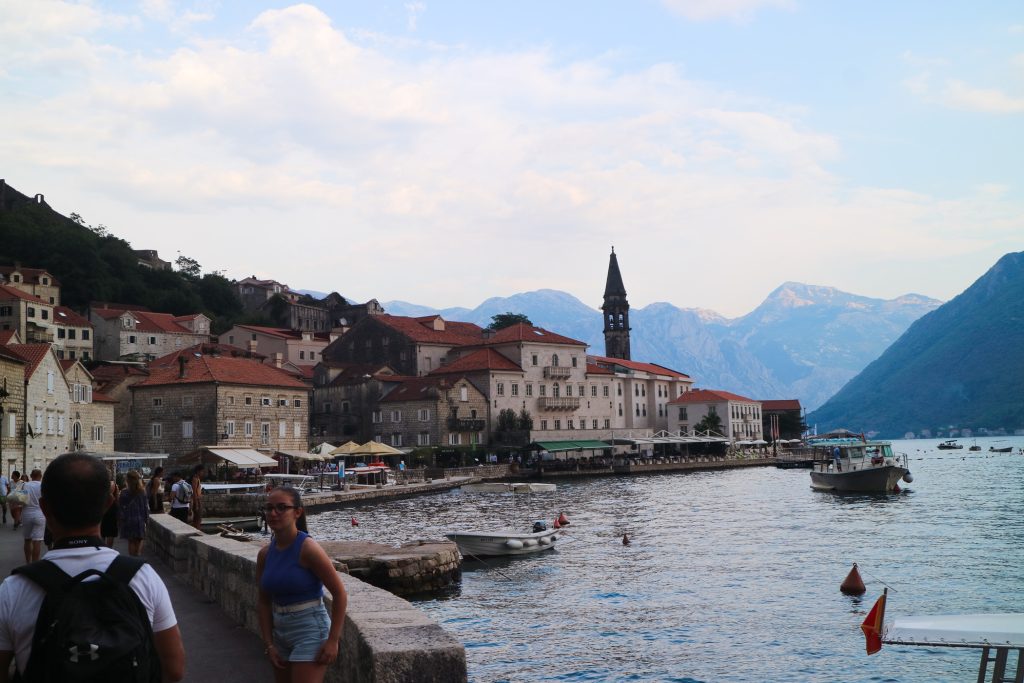
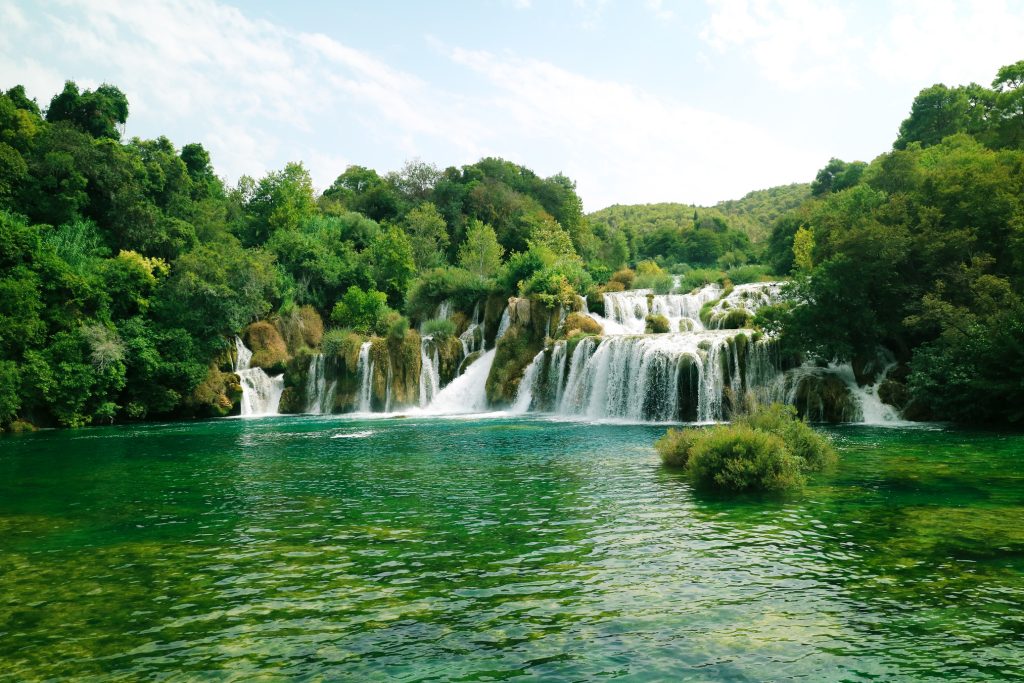
The Discounts and Benefits
Before moving onto my last tips and tricks based of our experience last year, it is very valuable to check out Interrail’s discounts and benefits page. Your pass gets you discounts at multiple hostels, hotels, restaurants, bus companies, ferry lines and city tours. Their page allows you to filter on destination and pass, thus making it very easy for you to discover what you can do and experience through your pass. If you use these discounts well, you can even cancel out your reservation expenses, as you are saving on accommodation and other experiences!
The Advice
Although we enjoyed our journey from Italy to and through the Balkans, it was not the easiest route we could have chosen. We had to figure a lot of things out on our own, and therefore pay for extra transportation outside of our pass, or go hitch-hiking. This is because the Balkans are very difficult to travel through by train. While Croatia and Slovenia are very well connected to the rest of Europe, Bosnia Herzegovina, Montenegro, Albania and Greece were another matter.
First of all, Albania is not included in the Interrail and Eurail map, probably because there are no trains in the country. Everything runs on buses there. We also had to hitch-hike from Greece to Albania, as there were very few buses going across the border (a story you will be able to read about next week, because it is a good one). Once we got to Montenegro, which is connected to Interrail and Eurail, we also were not able to take a train directly to Bosnia Herzegovina, as these countries are not connected by rail. The same goes for the border between Bosnia Herzegovina and Croatia. This caused us to do a lot of planning and researching beforehand, as it was not clear how we would get from A to B.
This was an adventure I would not have missed for the world. However, if you want to enjoy the ease of train travel, I would not recommend this route, as it is quite difficult to travel between these countries. If you like the challenge and adventure, then go for it! But if you want to spend less time traveling and more time actually seeing a place (these travel days by bus were very long), I recommend traveling along the more traveled routes. In Eastern Europe this would be the capitals Berlin, Prague, Budapest and maybe adding on Bucharest and Sofia. Western and Northern Europe are the easiest to travel through by train, as rail networks here are more extensive and often a lot faster.
As we needed to do a lot of planning beforehand, I would also recommend not setting your route in stone. Be flexible and enjoy that flexibility the passes are able to give you. Vacation is all about taking it easy and doing what you want to do. Just go where you want to go and be willing to change your plans last-minute. Also do not try to see too much in one go: take the time to take it all in. I believe it is quality over quantity, and that it is the experience that counts, not the tally you keep of countries visited.
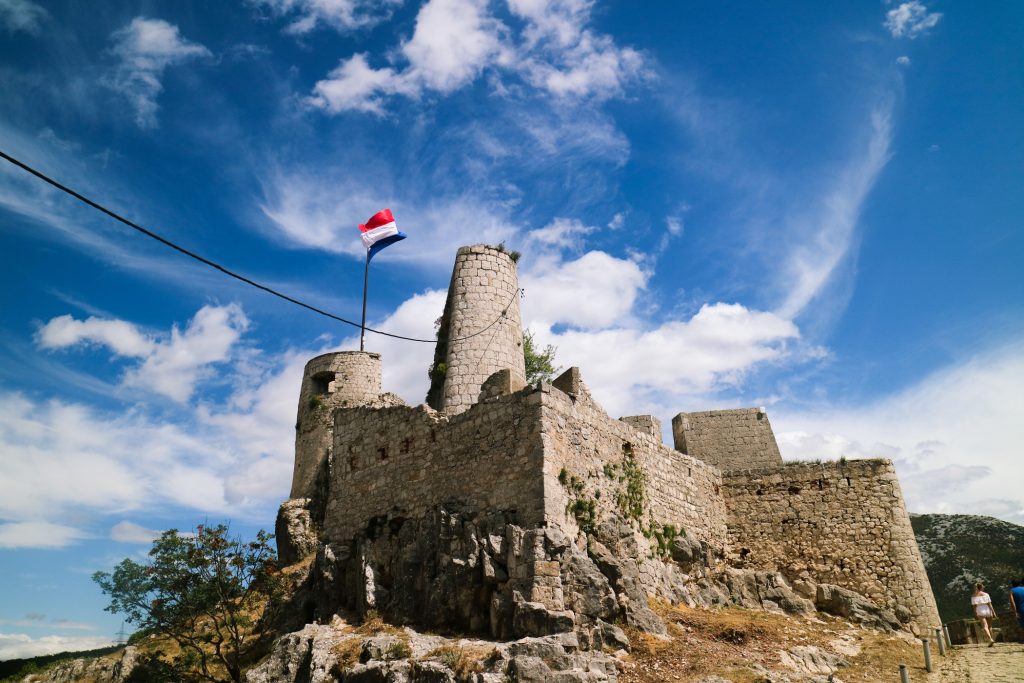
The final thing I would have done differently, and I would thus recommend (although this probably is a personal preference), is: bring a rolling suitcase, not a backpack! We thought backpacks would make us more mobile and flexible, but they were just heavy and difficult to stow away on trains. We were also not planning on doing multiple day hikes, and as we mostly visited cities where there is always flat pavement to walk on, it did not make any sense for us. To save your back some pains, a trolley is the way to go!
All in all, Interrail provides an amazing way to see and discover Europe, without it being absolutely necessary to take a plane. I think it is fit for any type of traveler: those who want comfort and an easy trip, and those who wish to experience adventure. If this guide made you decide to go, amazing! Please send me pictures! And if you have any tips to add, or notice some things have changed, feel free to contact me via email or any of my socials: I would love to hear from you.




